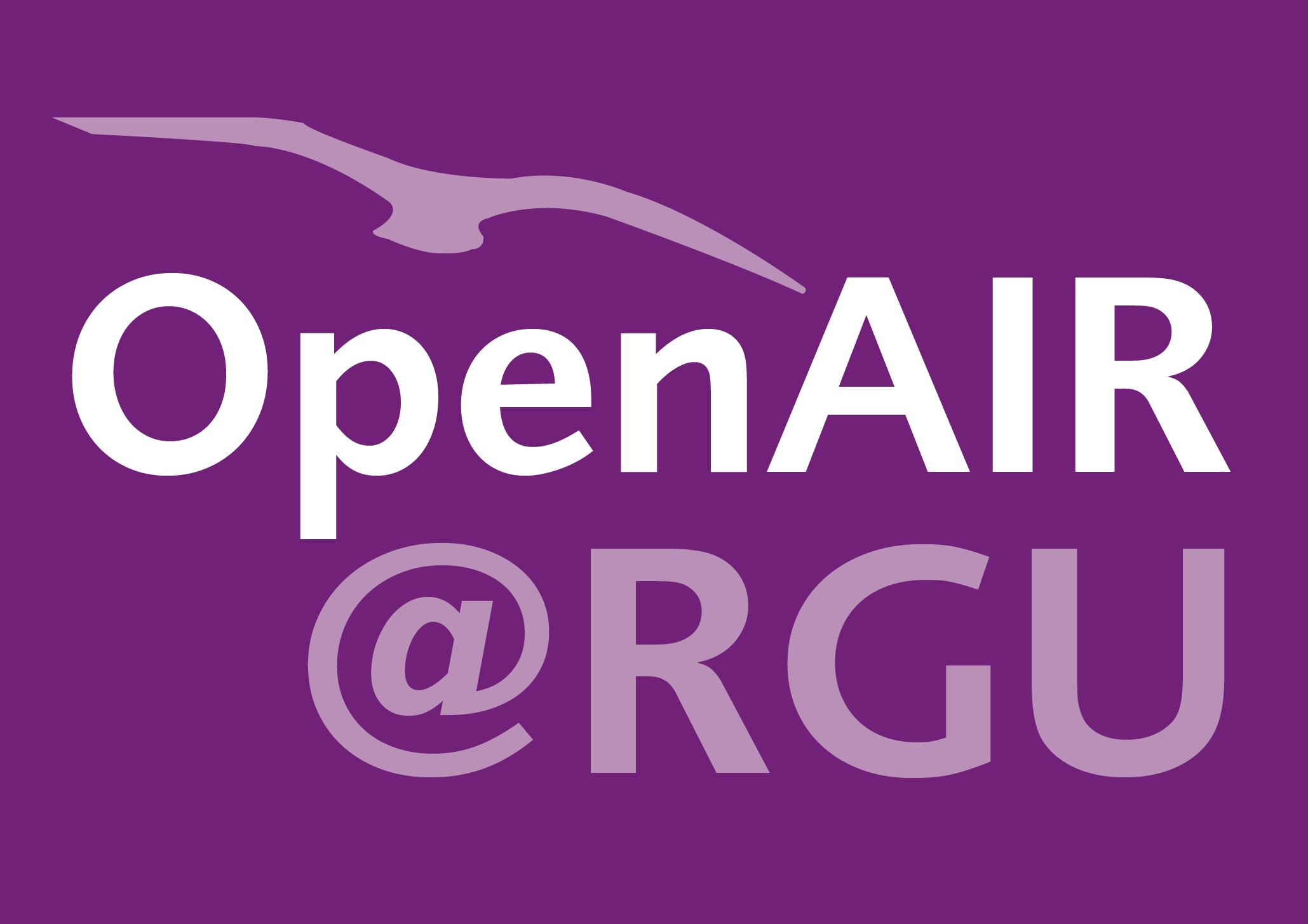Glenn Forbes
Employing multi-modal sensors for personalised smart home health monitoring.
Forbes, Glenn
Authors
Contributors
Dr Stewart Massie s.massie@rgu.ac.uk
Supervisor
Professor Susan Craw s.craw@rgu.ac.uk
Supervisor
Abstract
Smart home systems are employed worldwide for a variety of automated monitoring tasks. FITsense is a system that performs personalised smart home health monitoring using sensor data. In this thesis, we expand upon this system by identifying the limits of health monitoring using simple IoT sensors, and establishing deployable solutions for new rich sensing technologies. The FITsense system collects data from FitHomes and generates behavioural insights for health monitoring. To allow the system to expand to arbitrary home layouts, sensing applications must be delivered while relying on sparse "ground truth" data. An enhanced data representation was tested for improving activity recognition performance by encoding observed temporal dependencies. Experiments showed an improvement in activity recognition accuracy over baseline data representations with standard classifiers. Channel State Information (CSI) was chosen as our rich sensing technology for its ambient nature and potential deployability. We developed a novel Python toolkit, called CSIKit, to handle various CSI software implementations, including automatic detection for off-the-shelf CSI formats. Previous researchers proposed a method to address AGC effects on COTS CSI hardware, which we tested and found to improve correlation with a baseline without AGC. This implementation was included in the public release of CSIKit. Two sensing applications were delivered using CSIKit to demonstrate its functionality. Our statistical approach to motion detection with CSI data showed a 32% increase in accuracy over an infrared sensor-based solution using data from 2 unique environments. We also demonstrated the first CSI activity recognition application on a Raspberry Pi 4, which achieved an accuracy of 92% with 11 activity classes. An application was then trained to support movement detection using data from all COTS CSI hardware. This was combined with our signal divider implementation to compare CSI wireless and sensing performance characteristics. The IWL5300 exhibited the most consistent wireless performance, while the ESP32 was found to produce viable CSI data for sensing applications. This establishes the ESP32 as a low-cost high-value hardware solution for CSI sensing. To complete this work, an in-home study was performed using real-world sensor data. An ESP32-based CSI sensor was developed to be integrated into our IoT network. This sensor was tested in a FitHome environment to identify how the data from our existing simple sensors could aid sensor development. We performed an experiment to demonstrate that annotations for CSI data could be gathered with infrared motion sensors. Results showed that our new CSI sensor collected real-world data of similar utility to that collected manually in a controlled environment.
Citation
FORBES, G. 2022. Employing multi-modal sensors for personalised smart home health monitoring. Robert Gordon University, PhD thesis. Hosted on OpenAIR [online]. Available from: https://doi.org/10.48526/rgu-wt-2071646
| Thesis Type | Thesis |
|---|---|
| Deposit Date | Sep 5, 2023 |
| Publicly Available Date | Sep 5, 2023 |
| DOI | https://doi.org/10.48526/rgu-wt-2071646 |
| Keywords | Health monitoring technologies; Smart technologies; Technology in healthcare; Smart homes |
| Public URL | https://rgu-repository.worktribe.com/output/2071646 |
| Award Date | Oct 31, 2022 |
Files
FORBES 2022 Employing multi-modal sensors
(10.9 Mb)
PDF
Licence
https://creativecommons.org/licenses/by-nc/4.0/
Copyright Statement
© The Author.
You might also like
Fall prediction using behavioural modelling from sensor data in smart homes.
(2019)
Journal Article
Visualisation to explain personal health trends in smart homes.
(2021)
Presentation / Conference Contribution
Monitoring health in smart homes using simple sensors.
(2018)
Presentation / Conference Contribution
FITsense: employing multi-modal sensors in smart homes to predict falls.
(2018)
Presentation / Conference Contribution
Employing multi-modal sensors for personalised smart home health monitoring.
(2020)
Presentation / Conference Contribution
Downloadable Citations
About OpenAIR@RGU
Administrator e-mail: publications@rgu.ac.uk
This application uses the following open-source libraries:
SheetJS Community Edition
Apache License Version 2.0 (http://www.apache.org/licenses/)
PDF.js
Apache License Version 2.0 (http://www.apache.org/licenses/)
Font Awesome
SIL OFL 1.1 (http://scripts.sil.org/OFL)
MIT License (http://opensource.org/licenses/mit-license.html)
CC BY 3.0 ( http://creativecommons.org/licenses/by/3.0/)
Powered by Worktribe © 2025
Advanced Search
